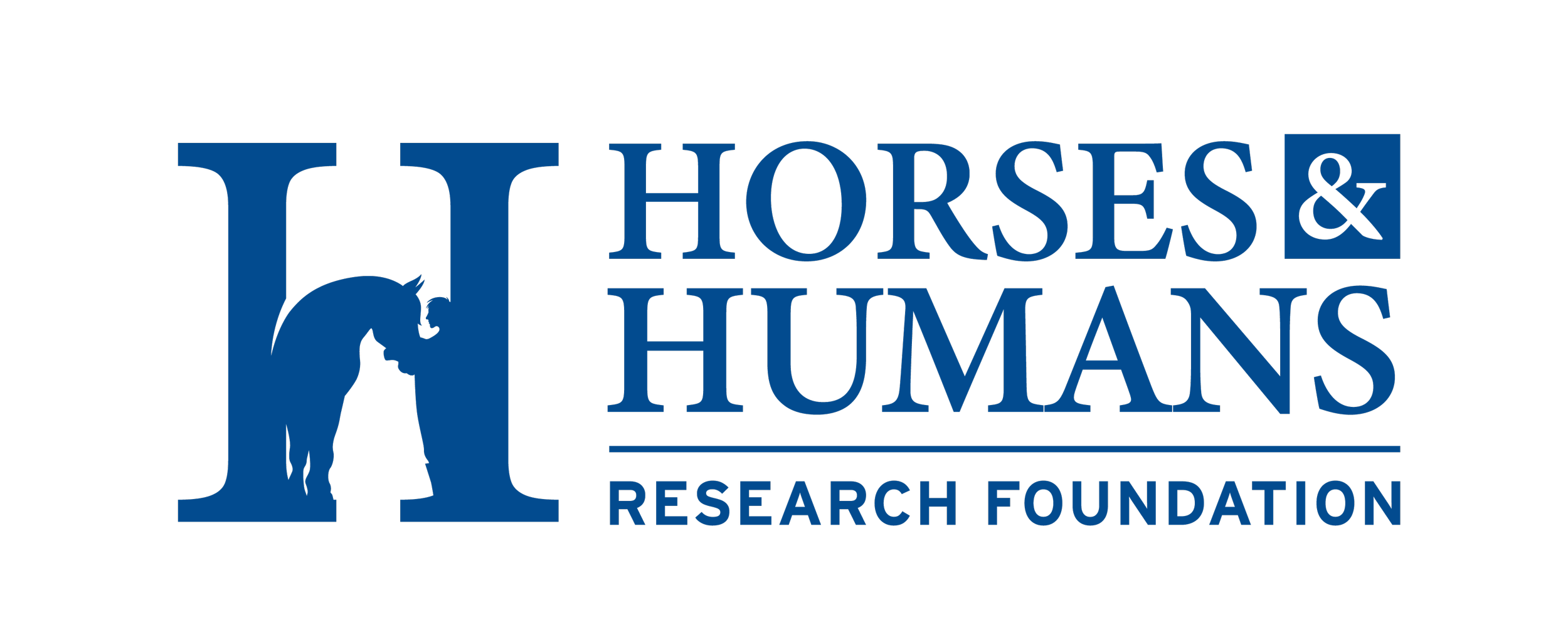Interview with Kathy Alm, Exec. Director of PATH
Interview with Kathy Alm, Executive Director of PATH International
Occasionally we still hear someone in the field ask us “Why is research important? Why does my program need it?” So we decided to ask the executive director of PATH International, Kathy Alm, some of her thoughts on those issues.
HHRF: Kathy, you did not start at the ground level of the EAA field. What personal research did you do early on that convinced you of the worthiness of this field?
KA: I was convinced of the worthiness of this field through interaction with participants and their families, seeing and hearing first-hand how EAAT had changed their life physically, cognitively, and emotionally. Very little data research existed, but the significance of the impact on the individual, coupled with the numbers reporting that impact (along with seeing it for myself) convinced me of the incredible value of the various EAAT services.
HHRF: Does PATH Intl include research in its strategic planning goals and strategies? If so can you explain?
KA: In our most recent strategic planning process, the data gathered both internally and externally pointed us to prioritize and focus on Credentialing, Quality Assurance, and Education. However, as an industry leader devoted to education, training and credentialing in equine-assisted activities and therapies (EAAT) field, PATH Intl. recognizes empirical research as a critical focus for the growth and sustainability of EAAT. To that end, we support the efforts of researchers to advance EAAT, assist PATH Intl. Member Centers to be knowledgeable partners in academic and outcomes-based research, facilitate dialogue and communication among the research community and other organizations or individuals interested in that research, support efforts for the dissemination and sharing of published research and partner with institutions and individuals conducting research when appropriate
HHRF: What seems to be the prominent research interests of PATH Intl members?
KA: What is the measurable impact of EAAT? Is there data that proves the efficacy of EAAT that can be used for families, the public and reimbursement entities?
HHRF: What areas of EAA research do you think will most impact the development of tomorrow's practices?
KA: Impact on horses in order to develop best practices around horse care and longevity. Types of service for best results.
HHRF: Is there an external sector (such as corporate or foundation funders, insurance companies, medical professions...) that stands out as most likely to be largely impacted by research advancements?
KA: I believe that insurance companies and government reimbursement agencies will be largely impacted by research advancements. Second to that would be donors. PATH Intl certifies and accredits programs across the world. Very few of the accepted practices have been tested through rigorous research. Our very young field cannot yet rely on evidence based practices and curriculums.
HHRF: Do you feel this affects how our field is viewed by other professionals?
KA: Yes, I do. More and more the public asks for data to demonstrate the efficacy of a particular service or treatment. I think as we continue to focus on professionalizing our field, research will continue to rise in importance. We have already seen an increase in standards of research practice in EAAT moving from anecdotal to centers working with hospitals and universities.
Research that proves the efficacy of specific services or treatments would really excite me. This would not only set a baseline for type of service that is best but would raise the professionalism and credibility of the field as a whole. In addition, Dr. Robin Gabriel’s study that was specific to therapeutic riding is also an exciting avenue to be explored.
